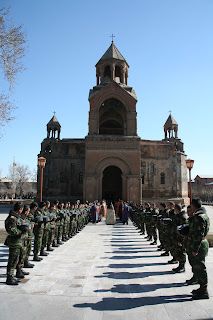Lenten Journey Day 22 – Stewardship Training
Lenten Recipe
Recipe 22: Susty’s Super Tofu Salad
Lenten Journey Day 22: Stewardship Training
This is the week of the steward. Yesterday we read the story of the Dishonest Steward in the Gospel of Luke, in which Jesus uses the metaphor to point to our responsibility in life. We are called to be managers of the life and the talents that God has given us. He asks us to use those talents with our brothers and sisters here in this world.
By using the metaphor of stewardship, Jesus makes it very clear that we are accountable for our life. One day, like the manager or steward, we will be asked to produce a record, an accountability of our stewardship. What did we do with what God has given us? Did God give us talents? Did He give us an ability? Did He give us a smile? Did He give us a heartbeat and a breath? What did we do with that gift? What did we do with our lives?
Imagine giving a gift to a friend or a loved one. Wouldn’t you like to know that your friend enjoyed that gift? At some point wouldn’t you ask your loved one, “What did you do with that gift that I gave you? Did you enjoy it?” And certainly, how hurt you would be if that person had taken your gift and stored it in a closet or worse yet, just thrown it in the trash and never once paid attention to it. Likewise, God wants to know that the gift He has given us, that most valuable commodity – the breath that we breath, the heart that beats, the smile that comes from our hearts – is being used, and is being used wisely. Ultimately, is it being used to spread love of God to others. That is the demand put upon us as stewards of God’s gifts. We are stewards of our lives. We are responsible for the talents that are given to us, to share them, use them, and to give an account of How? Where? And What did we do with all that God has given us?
Among the seven deadly sins is a sin called “sloth” perhaps the one most misunderstood because it points to inactivity whereas the other sins require us to be active, to engage in the sin. This one sin is defined by just being lazy, by not doing something. Now think of that for a minute. Why would that be a sin? How can not doing something be a sin?
God has given you a gift. You do not have a right to store it in a closet. You do not have a right to take God’s gift and trash it. It is holy. It is sacred. That is what your life is. Every blessing, every moment that you have in your life is a sacred gift from God.
During this Lenten season we are taking an inventory of the different blessings we have in life. We see that we can bring life down to its bare minimum with what is essential to live and with what is essential to survive. In so doing we understand that the little, that very essential element in life, is really that blessing that God has given us. Interestingly enough, as we go through this Lenten journey, our perspective changes.
Remember a few weeks ago when we read that Jesus says, “Man does not live by bread alone but by every word that is spoken by God,” we thought of it in terms of the bar essentials, the bare minimum. But today that has changed because we have changed since we last read that passage. The challenge today, on this 22nd day of Lent, is to really look at those same words “…By every word that comes out of the mouth of God…” as being the blessing, as being the fullness of God speaking to our hearts, to our ears that are listening from within and now acting. We are saying if God is speaking to us, if God is directing our ways, can we go wrong? Can we possibly be steered in the wrong direction? Can we possibly think that our actions as stewards, as managers of that God-given life can be anything but a productive one? It will be a life filled with beauty, with ambiance, with love, with all of the dynamics necessary in this life. The life we live today is an abundant one. “I came so that you would have life,” said the Lord, “and have it abundantly.” A life with Christ is a life in love. It is a life of abundance having everything that you need.
We are managers of the most precious gift given to us by God. It is not something that sits in our wallet, not something that sits in our bank account, but something that resides in the center of our being, in our heart. It is life and it is defined by the smile, the warmth and the love that comes out of us.
You are the steward. There’s no tag on your shirt that says, “Manager,” because God has placed upon you the greatest tag of all. He’s named you as His child. Take advantage today. Is there anything that speaks to your heart more than the dreams that you have – the accessibility to a life that is rich and full? It is yours. It is yours because God has placed you in charge of that life. You do not have a right to place it in a closet. You do not have a right to trash it. All you have a right to do is enjoy it. Let it flower. Let it be fruitful. Let it bring glory to God.
We will continue on this theme of stewardship as we continue on this week. For today, let us conclude with the prayer of St. Nerses Shnorhali:
Jesus, wisdom of the Father, grant me wisdom that I may always think, speak and do that which is good in your site. Save me from evil thoughts, words, and deeds. Have mercy upon all your creatures, and upon me, a great sinner. Amen. (I Confess with Faith 11/24)



